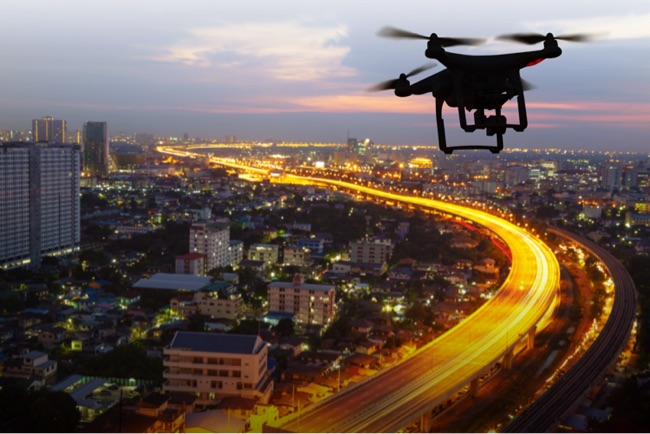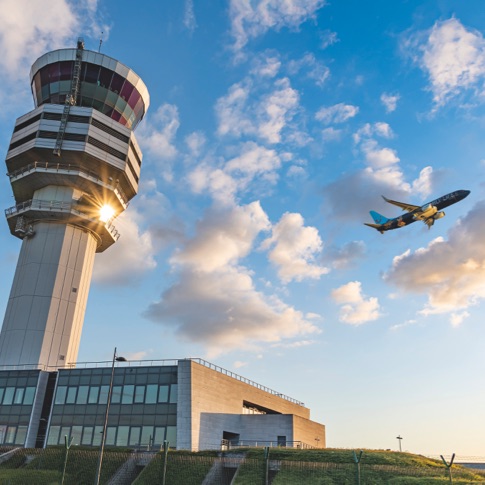
INNOVATION
CONNECTED
Working closely with its partners, skeyes is shaping the future of airspace management.
This airspace is undergoing major transformations that are accelerating every day with the development of data-based technologies that enable ever greater automation. With its innovation programme focused on digital control towers and drone integration, skeyes is shaping the boundaries of an interconnected future.




